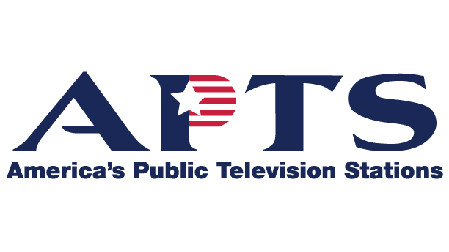
WASHINGTON—Allowing public broadcasters to offer “Broadcast Internet” services via ATSC 3.0 will help them enhance and expand the public service missions for consumers and government entities alike, according to America Public Television Stations (APTS)
In comments to the FCC on a proposed plan to revise ownership rules to help broadcasters deliver IP services via ATSC 3.0 (aka NextGen TV), APTS noted that the new standard, which combines over-the-air broadcasts with IP technology, will help them better use their spectrum to deliver public services, like datacasting for applications such as remote learning, career training, emergency services, telehealth, Smart Cities connections, precision agriculture and homeland security.
Public broadcasters are already providing such datacasting services via ATSC 1.0, but by combining the NextGen TV standard with existing LTE and 5G cellular services, they will be able to deliver “Broadcast Internet” services to rural areas currently not covered by wireless carriers, APTS said.
“In addition, even in areas served by wireless providers, Broadcast Internet will enable bandwidth-intense video and other communications enhancements without risk of overload because broadcast is an inherent one-to-many transmission architecture,” APTS said.
Some states are already exploring ways to integrate ATSC 3.0 into public services. The University of North Carolina’s UNC-TV is using NextGen TV tools to assist first responders in an initiative financed by NAB’s Pilot program and Michigan State’s WKAR is hosting a NextGen TV innovation lab.
South Carolina Educational Television (SCETV), a statewide noncommercial network, is partnering with the South Carolina Department of Education (SCDE) to provide new education resources to support the state’s students, parents and teachers during the coronavirus school closures. SCETV is currently testing datacasting to deliver educational content and materials over its spectrum to the 20% of students in South Carolina that do not have readily available internet access. The content provided is exactly the same content that students with internet access can view on SCETV’s website.
APTS said Broadcast Internet services represent “the beginning of the new generation of services which public television stations intend to provide to the American public with the advent of this revolutionary new broadcast standard.
The professional video industry's #1 source for news, trends and product and tech information. Sign up below.
“We believe we stand at the frontier of an undiscovered communications landscape that can transform our public service in the 21st century, with a technological platform built for such innovation and capable of dynamic improvement,” the association added. “America’s Public Television Stations urge the Commission to adopt the draft Declaratory Ruling and Notice of Proposed Rulemaking on Broadcast Internet and to expeditiously allow the public benefits these services will provide. The critical importance of the Broadcast Internet services has never been clearer than today during the pandemic our country is experiencing, most profoundly in many homes unserved or economically underserved by broadband wireless services.”
Tom has covered the broadcast technology market for the past 25 years, including three years handling member communications for the National Association of Broadcasters followed by a year as editor of Video Technology News and DTV Business executive newsletters for Phillips Publishing. In 1999 he launched digitalbroadcasting.com for internet B2B portal Verticalnet. He is also a charter member of the CTA's Academy of Digital TV Pioneers. Since 2001, he has been editor-in-chief of TV Tech (www.tvtech.com), the leading source of news and information on broadcast and related media technology and is a frequent contributor and moderator to the brand’s Tech Leadership events.

